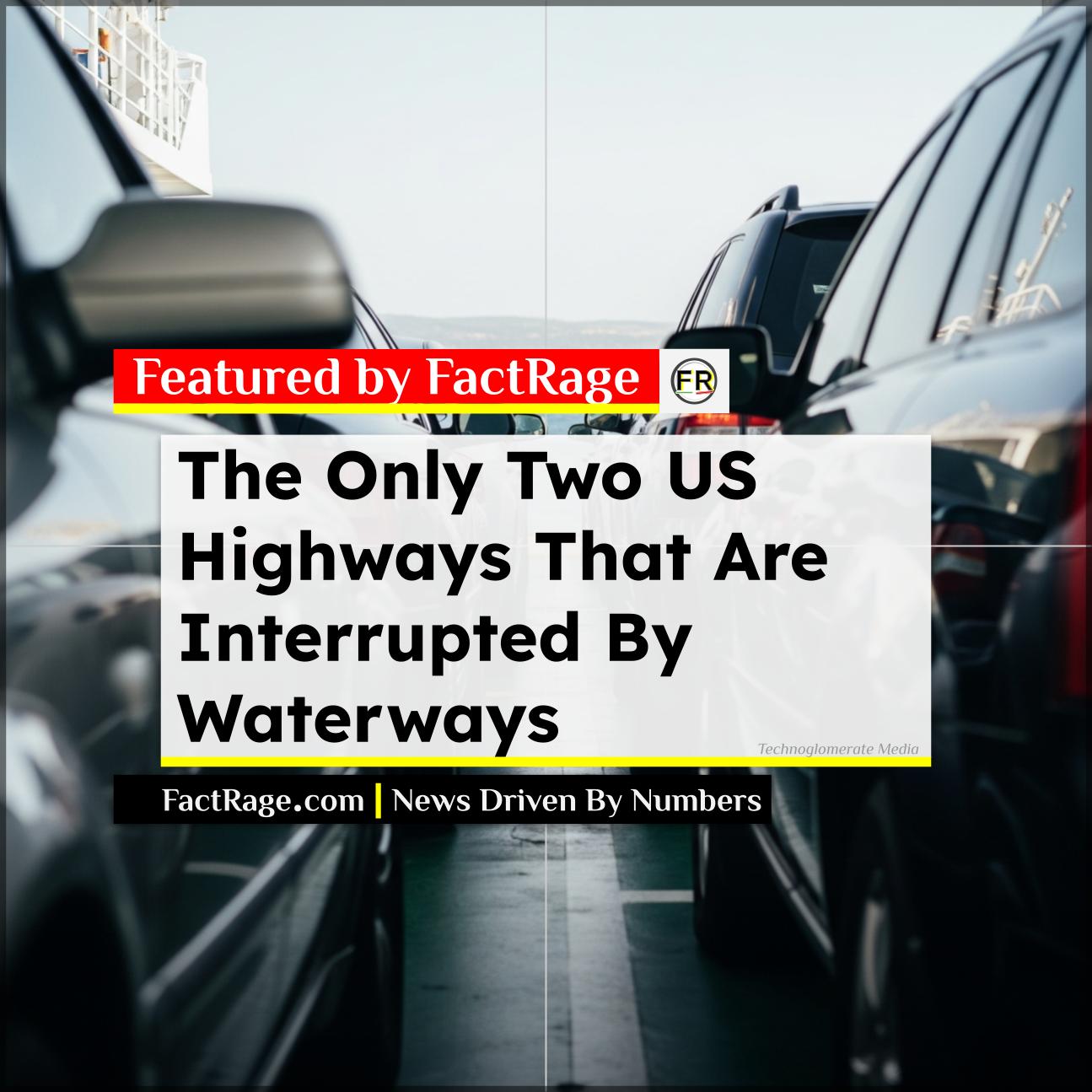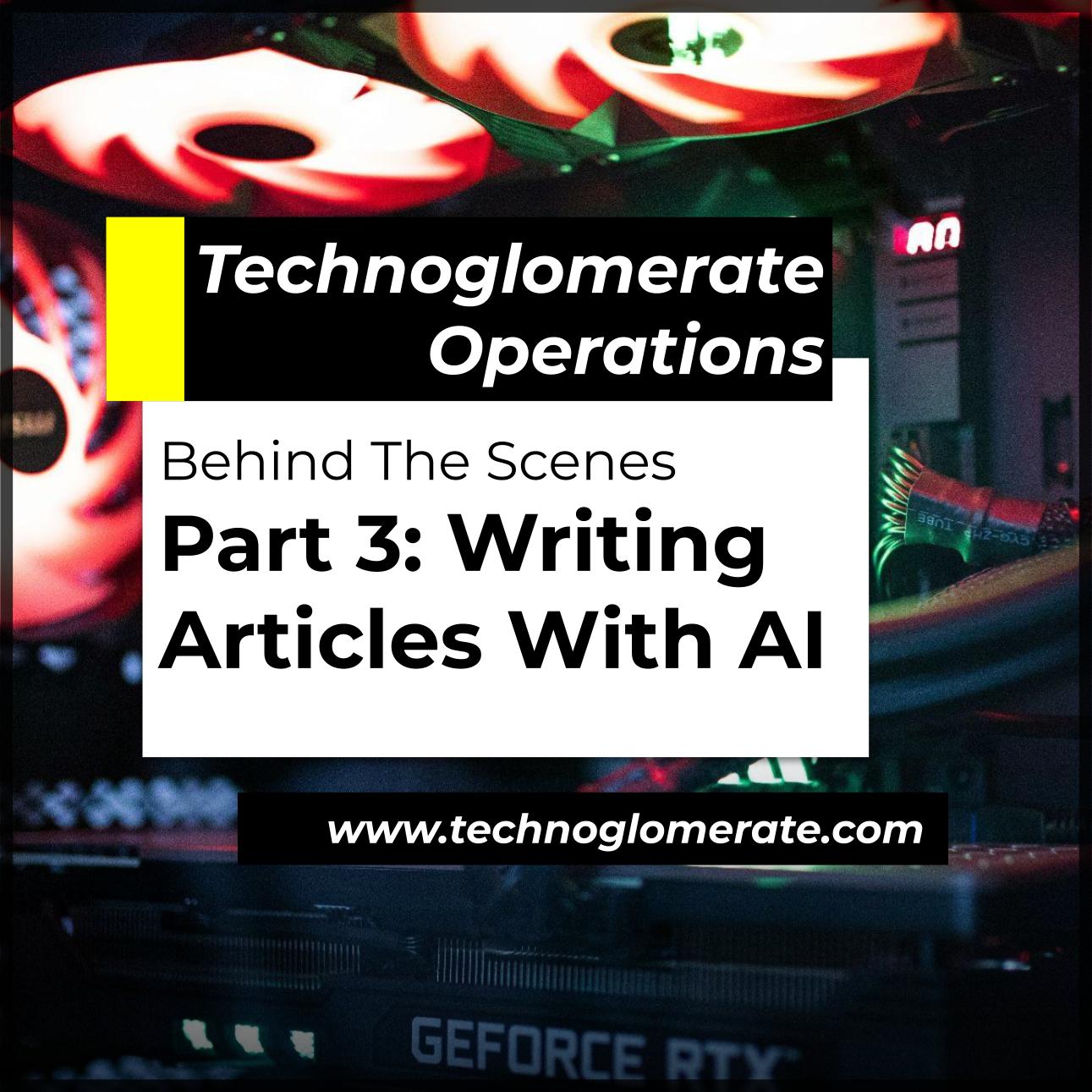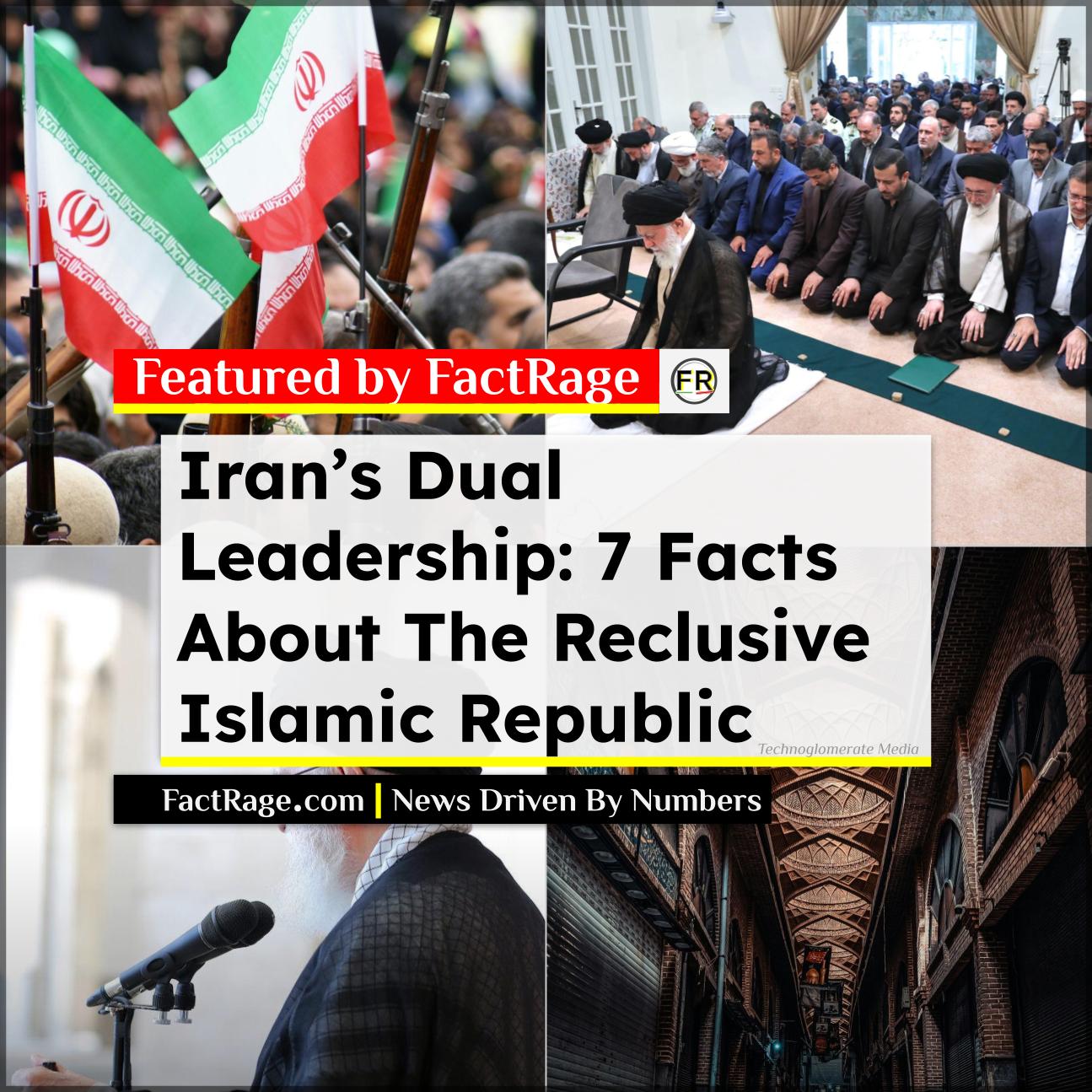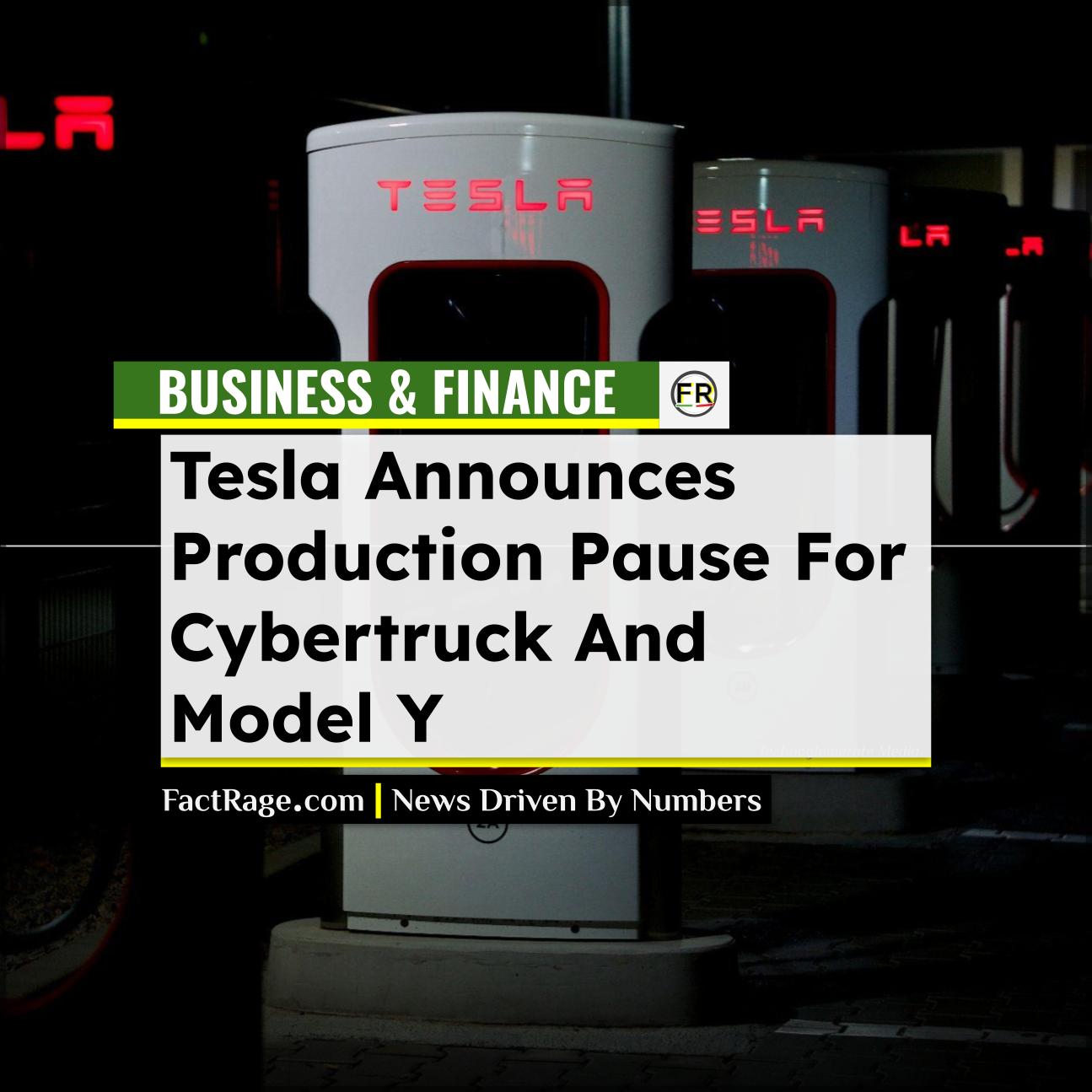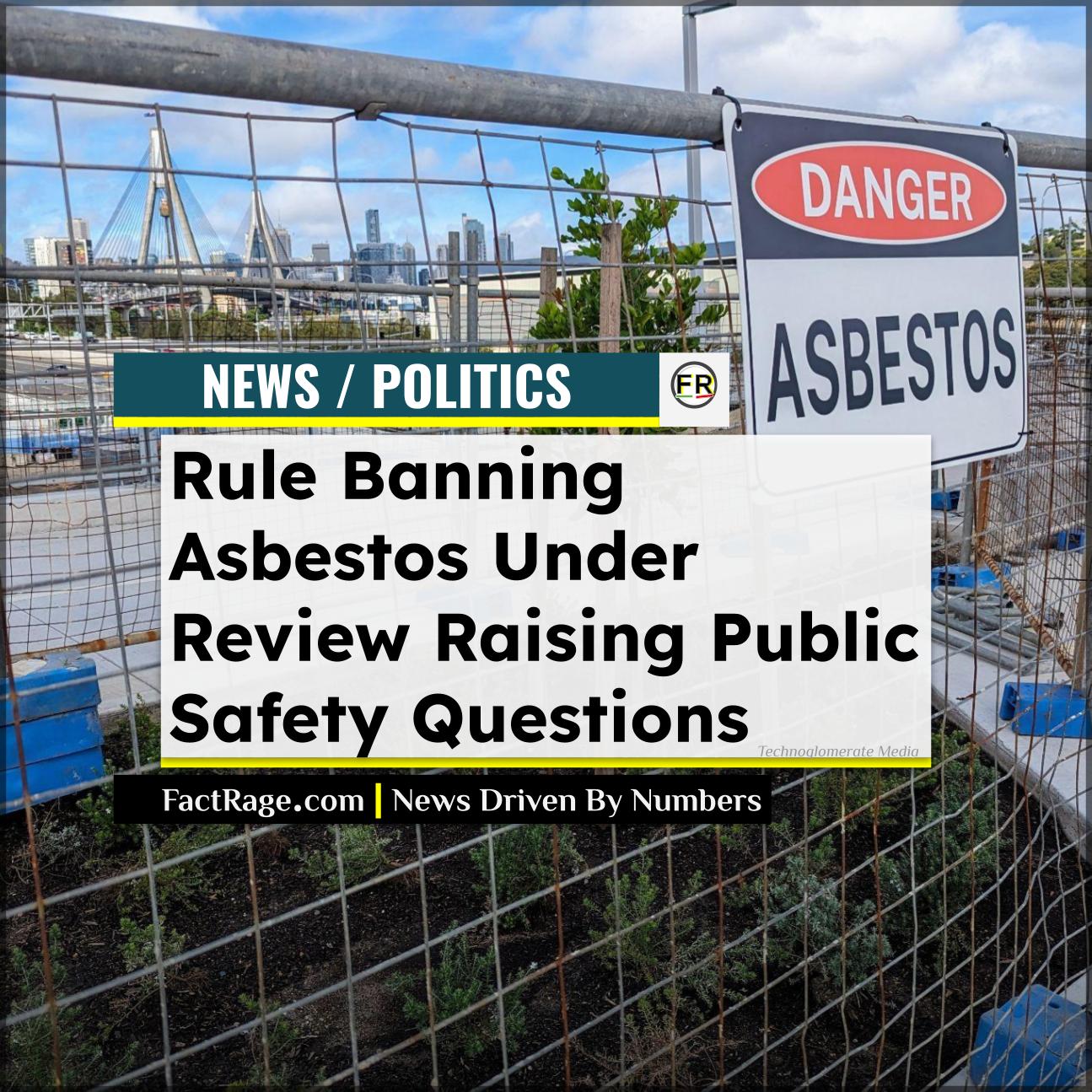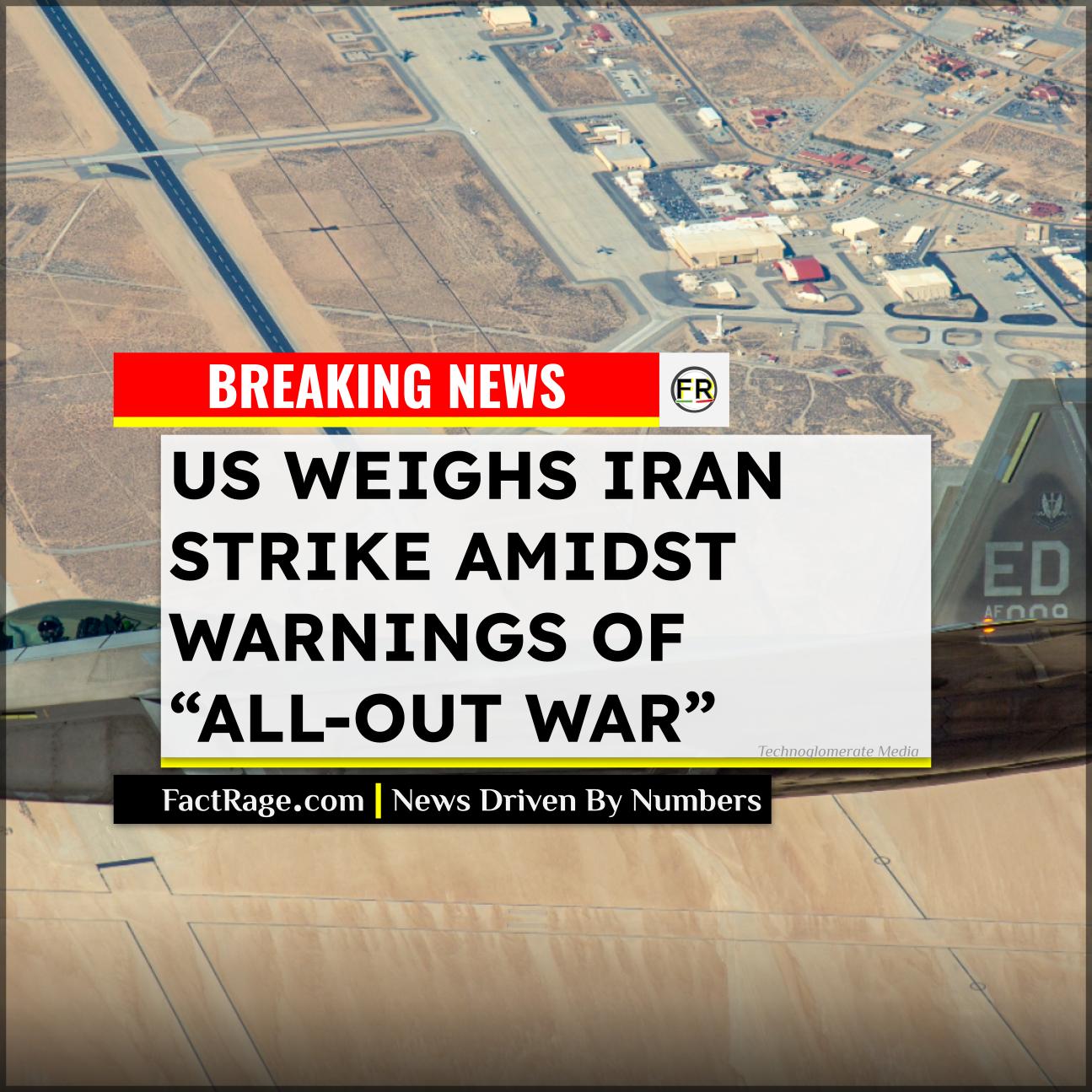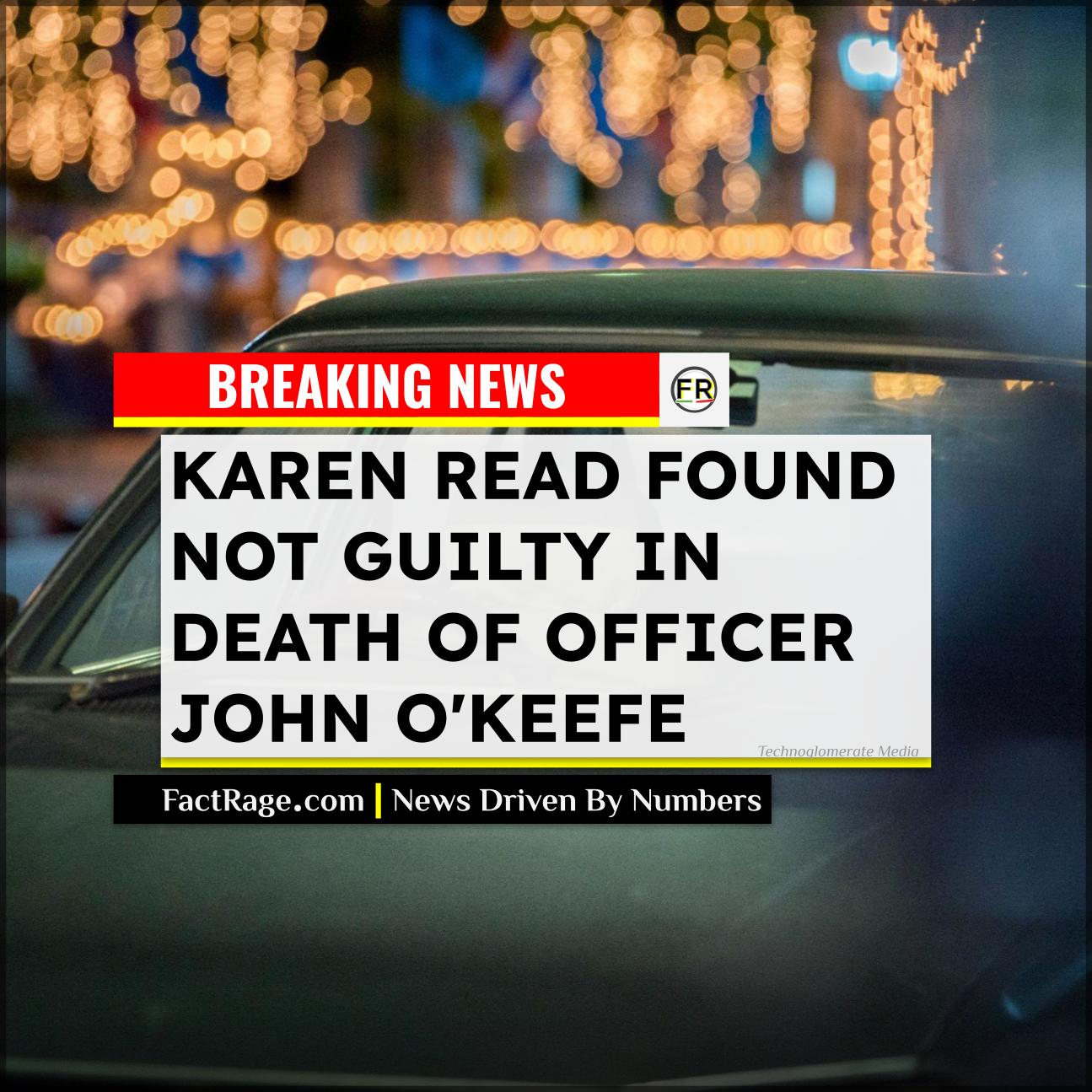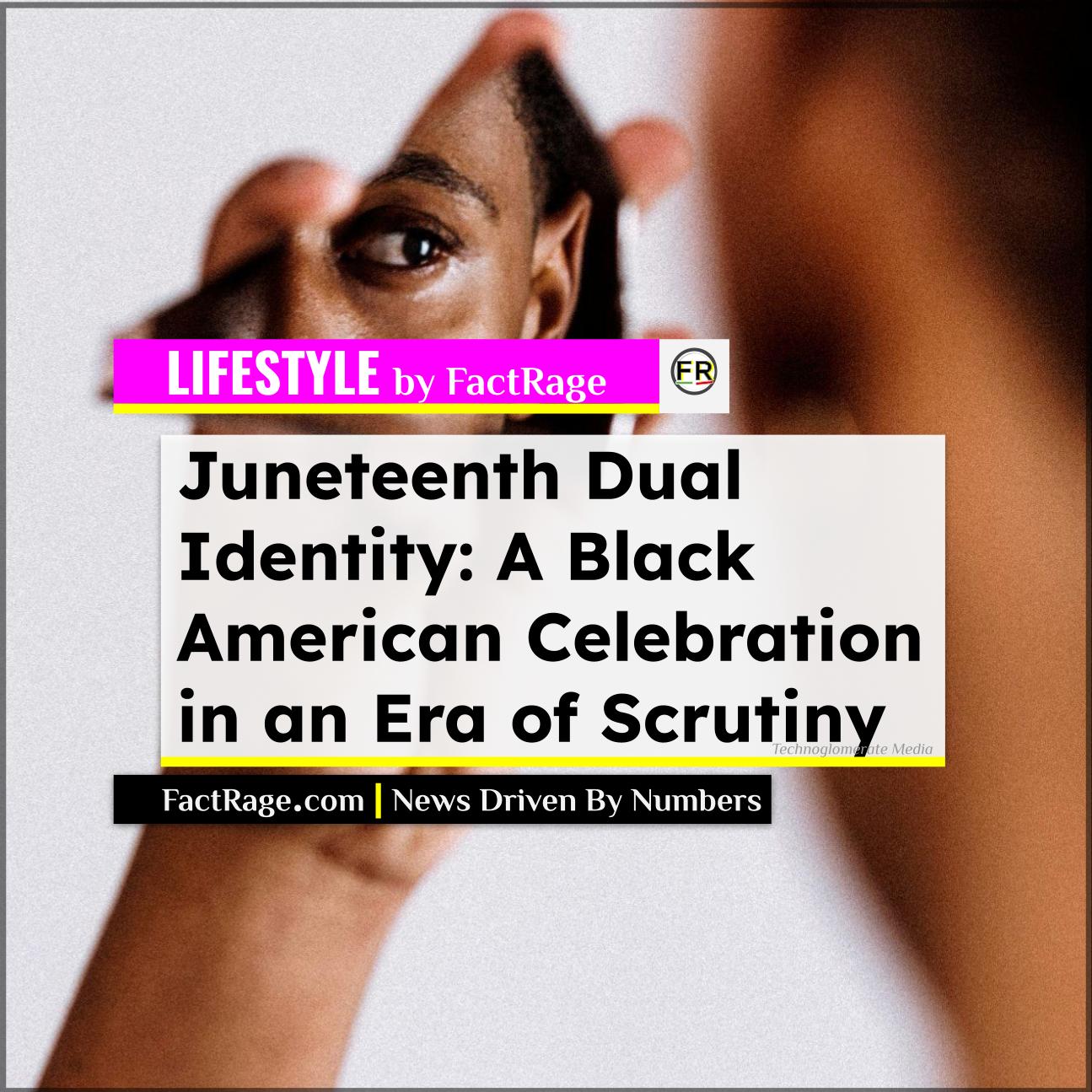FACTRAGE – Two major American highways, US Route 9 and US Route 10, are uniquely interrupted by large bodies of water, requiring travelers to continue their journey by ferry.
- Two Routes, Two Ferries – US Route 9 crosses the 17-mile mouth of Delaware Bay via the Cape May-Lewes Ferry, while US Route 10 crosses a 60-mile stretch of Lake Michigan on the S.S. Badger.
- Historic vs. Modern Vessels – The US 10 crossing uses the last coal-fired passenger steamship in the United States, the S.S. Badger, while US 9 is served by a modern fleet of diesel-powered ferries.
- Divergent Origins – The Delaware Bay ferry was a 1960s infrastructure project to spur economic growth, whereas the Lake Michigan ferry repurposed a 1950s railroad car ferry to serve automobiles.
Most American highways are interrupted by bridges, traffic lights, or construction zones. But two federal routes face a more dramatic obstacle: they simply disappear into the water, forcing travelers onto ferries to continue their journey. US Route 9 and US Route 10 both require maritime detours, yet these water crossings couldn’t be more different in character, scale, and story.
1. The Water: 17-Mile Bay vs. 60-Mile Great Lake
The contrast begins with the water itself. US Route 9’s journey across Delaware Bay covers a relatively modest 17-mile stretch where the Delaware River opens into the Atlantic Ocean. It’s an estuary crossing that takes about 85 minutes – long enough for a meal or a nap, but hardly an expedition.
US Route 10 faces a far more formidable challenge. Lake Michigan, one of the five Great Lakes, stretches 60 miles across at this point, creating a massive freshwater barrier. The crossing becomes a four-hour voyage across one of North America’s inland seas, transforming what should be a simple drive into a genuine maritime adventure.
2. The Ships: Modern Fleet vs. Historic Coal-Fired Steamship
The vessels serving these routes reflect their distinct personalities. US Route 9 relies on a modern fleet of diesel-powered ferries operated by the Cape May-Lewes Ferry system. These are workhorses of efficiency – multiple ships designed to move high volumes of traffic with utilitarian precision across the Delaware Bay.
US Route 10 tells a completely different story through a single, extraordinary vessel: the S.S. Badger. This isn’t just transportation; it’s a floating piece of American industrial history. As the last coal-fired steamship still operating in the United States, the Badger transforms the highway crossing into a journey through time. Passengers don’t just get from point A to point B – they experience the golden age of Great Lakes shipping.
3. The Highways: Colonial Mail Route vs. Truncated Transcontinental
Both routes were established in 1926 as part of the original federal highway system, but their stories diverge dramatically from there. US Route 9 follows one of America’s oldest corridors, tracing the path of the colonial-era Albany Post Road that once carried mail between New York and the capital. It’s a highway defined by continuity, weaving through centuries of American history along the same essential path.
US Route 10 represents the opposite narrative – a story of grand ambitions scaled back by changing times. Originally conceived as a transcontinental route stretching from Detroit to Seattle, it was once a ribbon of highway spanning the entire northern United States. The Interstate Highway System made much of that original route redundant, and US 10 was eventually truncated to its current, more modest length. What remains is a fragment of a much grander vision.
4. The Origins: 1960s Infrastructure Project vs. Repurposed Railroad Ferry
The origins of these ferry services reveal the distinct challenges each route was meant to solve. The Cape May-Lewes Ferry emerged from 1960s regional planning, opening in 1964 as a deliberate infrastructure project. A bi-state agency created this crossing to spur economic development and provide a direct connection where geography had left a gap. It was purpose-built to serve the modern automobile age.
The S.S. Badger’s story is one of adaptation and preservation. Launched in 1952 as a railroad car ferry, it was built for a different era when trains, not cars, needed to cross the lake. As that industry declined, the ship found new life serving automobile traffic, preserving both the historic vessel and the highway’s critical connection across Lake Michigan.
5. The Regional Character: East Coast Energy vs. Midwestern Open Spaces
Beyond the technical differences, these highways embody distinct regional personalities. US Route 9 pulses with East Coast energy, navigating dense New Jersey suburbs before climbing through the historic Hudson Valley. It passes through state capitals – Trenton and Albany – and feels intimately connected to the urban centers and historical landmarks that define the Eastern seaboard.
US Route 10 captures a different American spirit. This is quintessentially Midwestern highway, connecting Michigan’s manufacturing heartland with Wisconsin’s forests and farmlands before stretching into Minnesota and finally reaching the plains of North Dakota. It’s a route characterized by open spaces, industrial heritage, and the vast distances that define the American interior.
Why These Ferry Crossings Matter
What makes these interrupted highways fascinating isn’t just their unusual ferry crossings – it’s how those crossings reflect the deeper character of American geography and history. US Route 9’s efficient bay crossing serves a region where time is money and connections matter. US Route 10’s leisurely lake voyage preserves a piece of industrial heritage while serving communities that value tradition alongside progress.
In an era of GPS shortcuts and interstate efficiency, these ferry-dependent highways remind us that sometimes the most interesting routes aren’t the fastest ones. They’re the roads that force us to slow down, step aboard a ship, and remember that getting there can be just as memorable as arriving.

